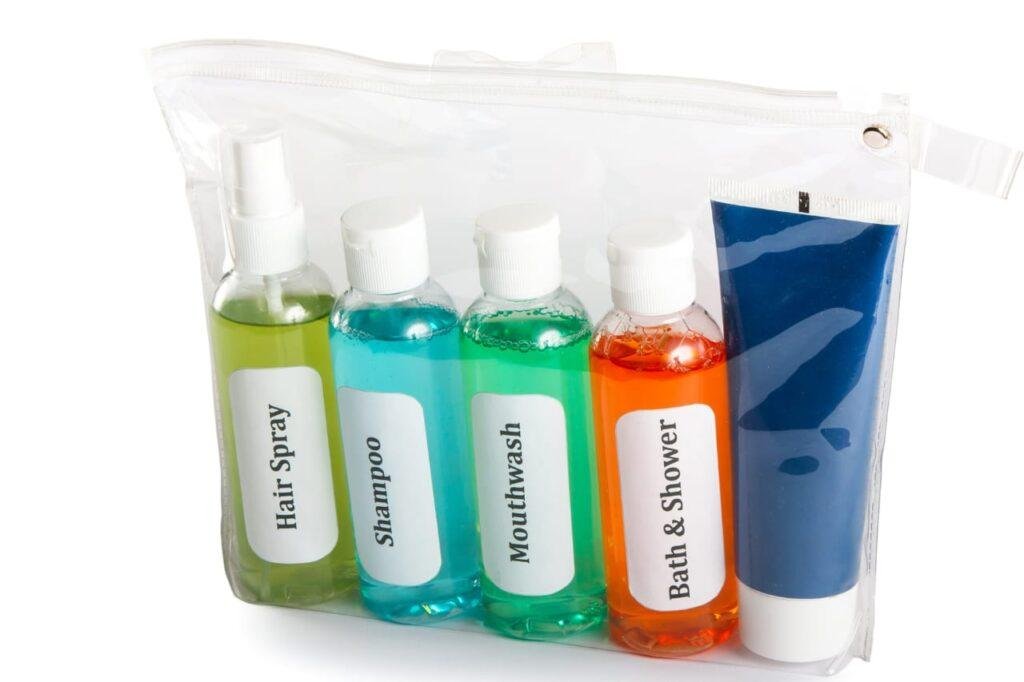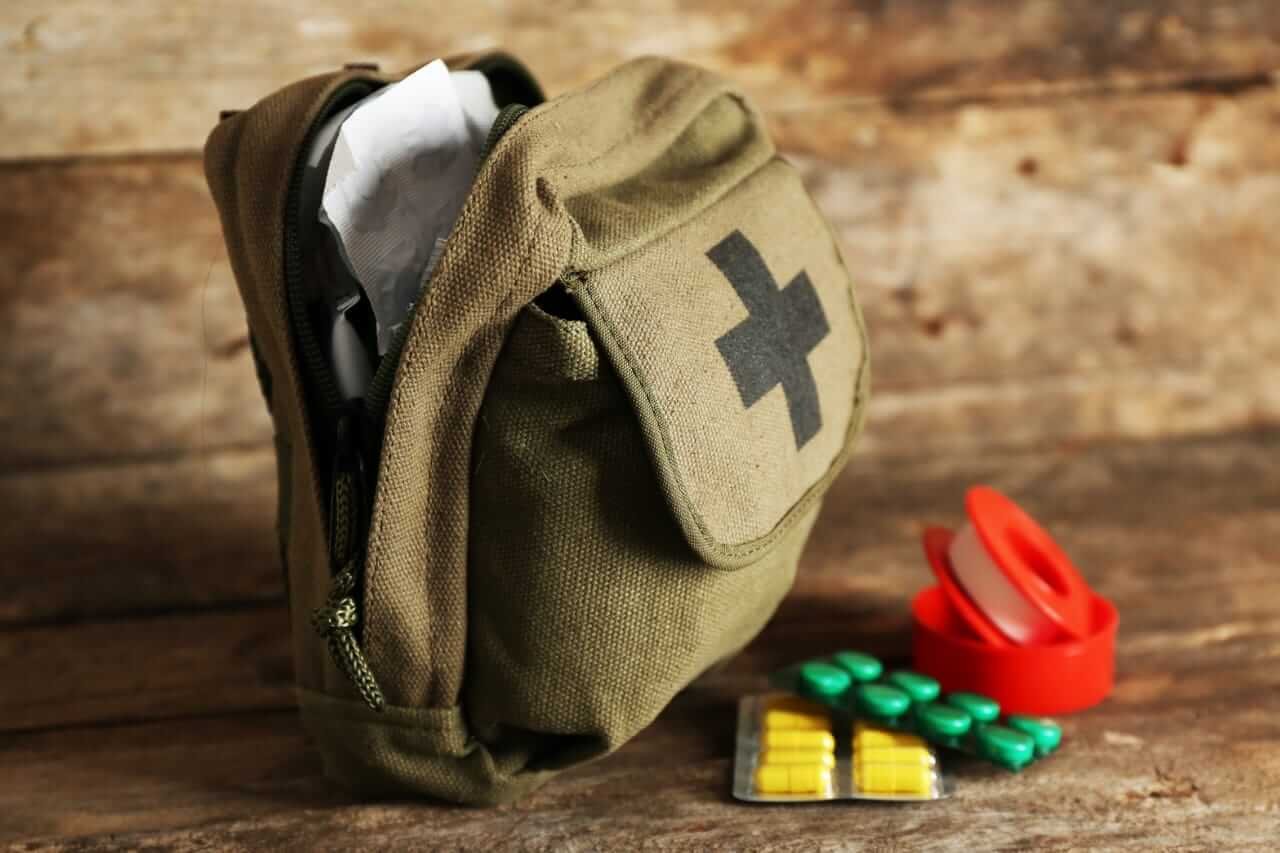When traveling by air, it is important to be aware of the restrictions that airlines may put in place for hand carry. This way, you can avoid unnecessary hassles and make boarding a flight easier! The rules change from airline to airline, but according to TSA’s general guide on universal limitations, there are some things every traveler should know when bringing their hand carry into an airplane cabin with them.
Restrictions of items in hand carry
Here is the list for a quick overview.
- Liquid Restriction
- Sharp objects.
- Sporting goods and athletic equipment.
- Self-defense items.
- Explosives and flammable items
Liquid Restriction
Numerous countries have restrictions on the type and quantity of liquids you may carry with your own personal items. For passengers who are transporting any kind of liquid, they must not exceed 100ml in total volume per container.

This restriction applies even more so for travelers carrying small children. Because their needs will grow much faster than an adult could ever hope to do over time. Therefore, the exemption may be granted based upon petitioning snakes around these regulations at least two weeks prior to the arrival date (and showing proof).
Though most countries have strict laws about what can be taken aboard an airplane, there are some exceptions. For example, you’re allowed to carry all liquids in containers smaller than 100ml. You will need a prescription from your doctor if it’s not the medicine itself, but instead medication meant for someone else like sunscreen!
Sharp object
Traveling by plane can be a stressful experience, but you’ll feel less nervous knowing that sharp objects are not allowed on board. Knives and other knives with blades longer than 4 inches will not make the cut for flights bound out of airports in America or Asia – they’re too dangerous!
You also cannot carry razors unless they’re disposable ones as well. However electric shavers are fair game so long as there’s no shaving cream involved (that would just create more problems). Cutting instruments such as scissors aren’t allowed inside your Carry-On baggage. Either through plastic cutlery is alright if it doesn’t involve any metal components whatsoever
Sporting goods and athletic equipment
If you’re traveling by air, it is important to know the regulations for sporting equipment. Most items are prohibited from carry-on luggage and must be transported in checked baggage. But there are some exceptions, including bikes (some airlines allow them), fishing poles, or snow shoes which can sometimes travel without restrictions depending on what airline one travels with!
It’s important to know the policies regarding sporting equipment before traveling. For example, if you have a baseball bat or golf club in your bag while on an airplane. It will be seized by airport security and destroyed. Because they are considered weapons that could cause damage during the flight!
That being said, there is some flexibility with what type of instruments can go into checked luggage as long as these items don’t pose any threat. Even though Javelins may seem like something suitable for this situation since most people would assume them are not dangerous enough at first glance let me assure everyone. These sharp metal throwing devices are required by law to travel with you in your handbag!!!
Self-defense items
You can protect yourself while traveling, but be aware that self-defense items are not allowed in carry-on luggage. This includes pepper sprays and mace because of their potential for harm to others or yourself.
If used incorrectly by accident on board an aircraft it may cause something called “pranging,” where all passengers within close proximity will become covered with burning chemicals due to smoke inhalation as well any bodily fluids released during panic Mode C communications between individuals who have been exposed. Medical emergencies typically arise when people experience eye irritation/blindness; and skin burns including facial nerve damage.
Explosives and flammable items
There are restrictions on many items that you cannot bring on your plane in your hand carry to ensure safety. Explosives and flammable substances capable of causing harm or serious injury would never be allowed.
It includes dynamite, gunpowder (even in small amounts), plastic explosives like grenades/ blasting caps, mines, etc., and fuses for lighting fireworks.
Lighter fuels such as paraffin waxes also qualify here because liquid oxygen systems can lead directly into Combustible gases – meaning cylinders containing gasoline.
Campfires, fuel, and containers
Passengers are strictly prohibited from carrying camping stoves or fuel containers in their bags. Such items should be placed exclusively in your checked baggage, with the condition. The box has to have all of its fuel emptied and left uncapped for six hours prior. So that any remaining fumes have time to dissipate.
The security personnel at the airport may deny you access to restricted areas of the plane or terminal if they find any items not allowed. Anything that could raise safety concerns can also result in your being denied entry to ensure proper safety protocol is followed.
Agricultural items
Many flyers are unaware that the TSA has imposed a number of restrictions on bringing food items on flights, including fruits, vegetables, and meats. Don’t get caught out – be sure to check which foods you can and cannot bring with you in advance!
Although it is possible to travel with food in your hand luggage, you must abide by rigorous regulations. For example, when flying on domestic flights within the continental United States, fruits and vegetables need to be in solid (not liquid or gel) form.
Conclusion
As you can see, there are restrictions on numerous items not suitable to pack in your hand-carry bag. These regulations exist for the safety of all passengers and help prevent incidents onboard flights. While it may be difficult to leave certain things behind, these guidelines should be followed for the sake of everyone’s safety!
FAQs
On a plane, is hand sanitizer allowed?
Yes TSA allows it. However, the packaging within a container with a maximum capacity of 12oz.
What is allowed for hand luggage?
While regulations may vary among airlines and locations. There are numerous items that you can take in your carry-on bag. Such as snacks, miniature bottles of liquids, documents, books, handheld gaming consoles, telephones, and more.


7 thoughts on “Do you know the Restrictions of Items in Hand Carry?”